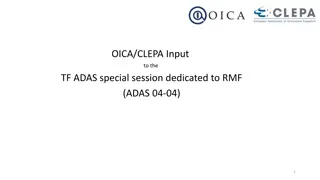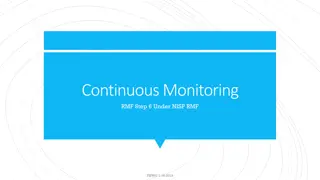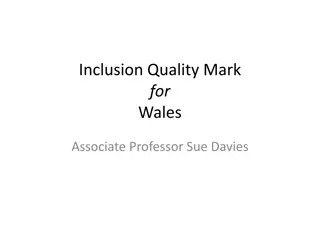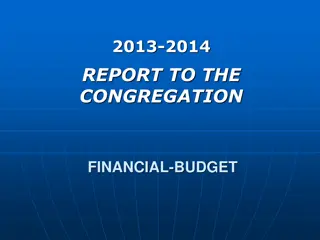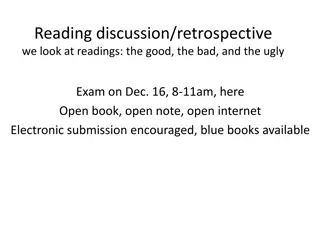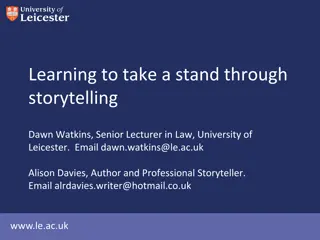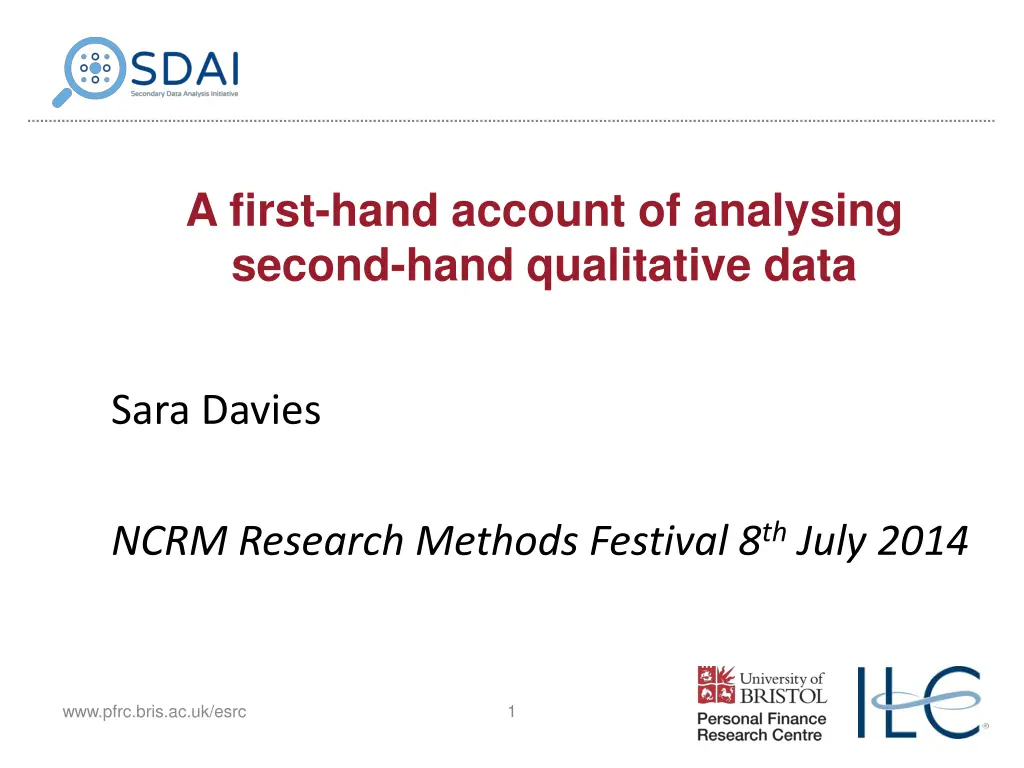
Analysing Secondary Qualitative Data: Insights and Challenges
Delve into the world of analysing secondary qualitative data with Sara Davies as she explores its significance, main considerations, challenges faced, and conclusions drawn. Discover the impact of contextual knowledge, the relationship between researcher and data, and the availability of relevant data sets. Explore the nuances of analysing data from a distance and learn why fitting research questions to available data is crucial for effective analysis.
Download Presentation

Please find below an Image/Link to download the presentation.
The content on the website is provided AS IS for your information and personal use only. It may not be sold, licensed, or shared on other websites without obtaining consent from the author. If you encounter any issues during the download, it is possible that the publisher has removed the file from their server.
You are allowed to download the files provided on this website for personal or commercial use, subject to the condition that they are used lawfully. All files are the property of their respective owners.
The content on the website is provided AS IS for your information and personal use only. It may not be sold, licensed, or shared on other websites without obtaining consent from the author.
E N D
Presentation Transcript
A first-hand account of analysing second-hand qualitative data Sara Davies NCRM Research Methods Festival 8thJuly 2014 www.pfrc.bris.ac.uk/esrc 1
Why analyse secondary qualitative data? Part of SDAI bid Effective use of resources Increase capacity for answering research questions www.pfrc.bris.ac.uk/esrc 2
Main considerations when analysing secondary qualitative data? how contextual knowledge influences the interpretation and analysis of data (Irwin & Winterton 2012) Relationship between researcher and data Are data collected or constructed? (Hammersley 2010) Connections between multiple data sets (Haynes & Jones 2012) Increased generalizability of findings www.pfrc.bris.ac.uk/esrc 3
How did these considerations affect our approach? Semi structured interviews vs. ethnographic data Relevance of context to our specific research questions Avoided existing interpretations of data used www.pfrc.bris.ac.uk/esrc 4
What data was available and relevant? UK Data Service Limited choice Two datasets used: Boomers and Beyond Keele Uni 2005 2007 Adding Quality to Quantity UCL 2002 2007 One data set chosen unseen www.pfrc.bris.ac.uk/esrc 5
What problems did we encounter? Lack of relevant data Time consuming Age of data Distance from data www.pfrc.bris.ac.uk/esrc 6
Conclusions Analysing secondary qualitative data has limited, specific utility: better to fit research question to the data available Hard to get to know participants at a distance Could illustrate quantitative findings in this case www.pfrc.bris.ac.uk/esrc 7
Questions and further discussion http://www.bris.ac.uk/geography/research/pfrc/esrc/ sara.davies@bristol.ac.uk @PFRC_Sara www.pfrc.bris.ac.uk/esrc 8



